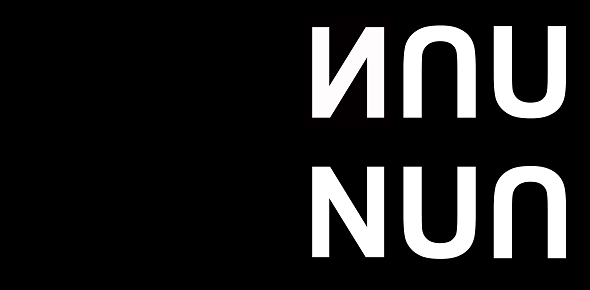Light into the shadows
Sans soleil was an almost transcendental experience for me. It was
seven years ago when I heard the name Chris Marker for the first time. A
documentary about his filmography put his name into my mind and made me look
for some of his works in DVD. I found a boxset which included the films La jetée (1962), Le souvenir d’un avenir (2001), Sans
soleil (1982) and Le tombeau d’Alexandre
(1993). It also included an essay in images by Isaki Lacuesta and Sergi
Dies called Las variaciones Marker / The
Marker variations and the marvellous film Schastie from 1934 directed by Aleksandr Ivánovich Medvedkin, known also with the title Happiness. In that film, a wife says to
his husband to go away in search of happiness and not to return until he finds
it, and I didn’t find my happiness in the filmography of Chris Marker but a way
to enjoy it.
His real name
was Christian François Bouche-Villeneuve and he was born in Neuilly-sur-Seine,
France, in 1921 and developed an artistic career as a writer, photographer and
filmmaker. His first films were born in the fifties, envolved by the atmosphere
of la rive gauche along with Alain
Resnais, Agnès Varda and others, and exploring the boundaries of the documentary
language. He directed along with Alain Resnais his first important film called Les
status meurent aussi (1953) about
the fate of African art in the European commercial market.
After experimenting with fiction collaborating again with Resnais in
the film Nuit et brouillard (1955) and the creation of the animated film
Les Astronautes (1959) along with Walerian Borowczykand in which they combined
traditional drawings with photograph stills, he continued working on his own
documentaries like Dimanche à Pekin (1956) and ¡Cuba sí! (1961) expressing
his political experiences through his trips along different revolutionary
societies.
In 1962 he filmed La jetée, probably his most influential work.
In fact, La jetée is not a film but a photographic narration, a
fictional photographic story to be exact. It’s a science fiction story about a
man prisoner of researchers of time travel in the aftermath of the Third World
War. Edited as a photomontage in black and white and narrated by Jean Négroni, the cast included Hélène
Chatelain, Davos Hanich and Jacques Ledoux, and the music was composed by
Trevor Duncan, it's mainly a vocal piece that shudders the viewer from the
start, expressing all the anguish suffered by the main character in an
apocalyptic Paris. That music will always remain linked to the sentence “Ceci
est l’histoire d’un home marqué par une image d’enfance”. Chris Marker had
created a masterpiece.
But my memory has his documentary Sans soleil / Sunless from
1983 as the strongest image created by Chris Marker. It was the first Marker
film I'd ever seen and he made me wonder about what could be called a
documentary. He mixed documentary images with fictional ones and excerpts from
Japanese TV programs with personal reflections about memory and the cultural
environment. Chris Marker died last 29th July but the maneki neko
still moves its arm with the music composed by the same Chris Marker, and I’m
sure it brought me a big fortune because after discovering the sun of Marker, I
began to see the cinematic art in a very different way.
Text by Juan Carlos Romero
Photo by Lars-Olof Löthwall. © Lars-Olof Löthwall
Image courtesy of Lars-Olof Löthwall and Nostalghia.com
All rights reserved

